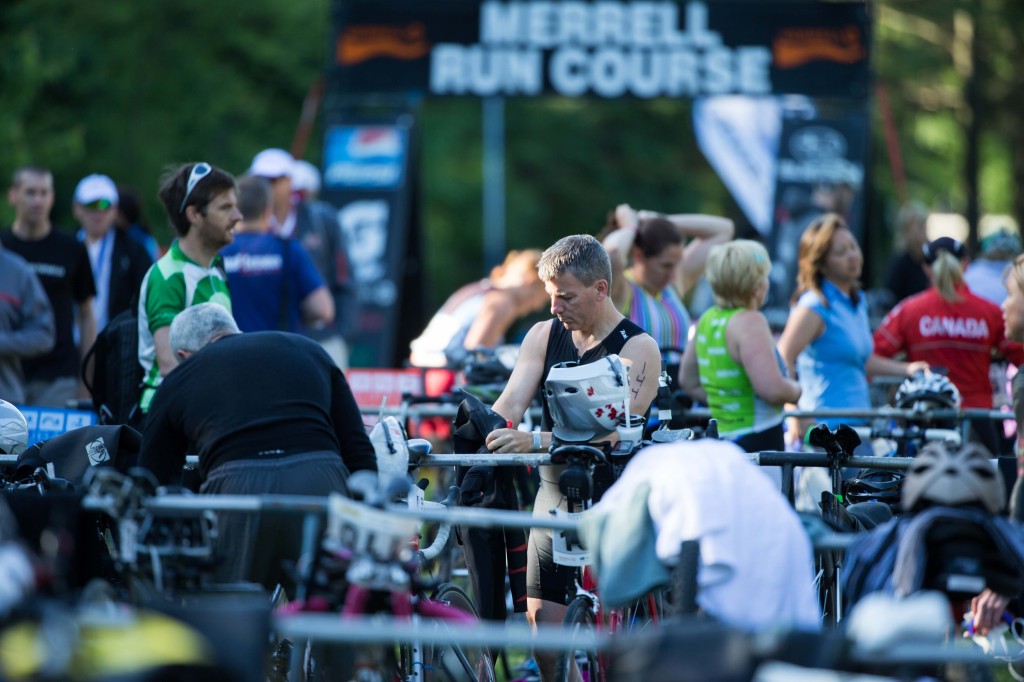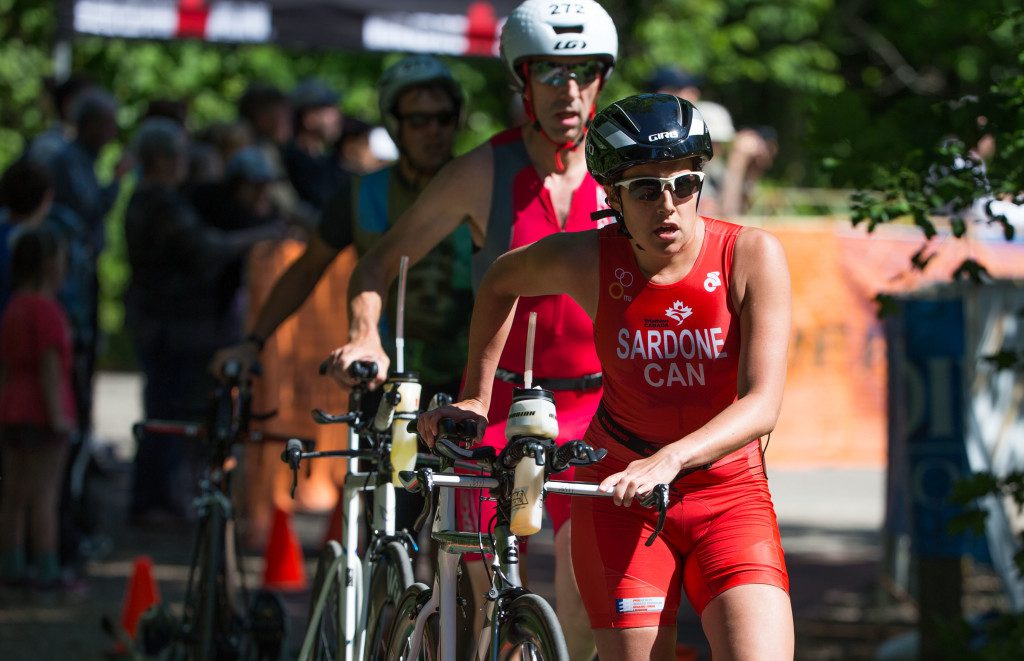Training for Your First Half Distance

 Are you training for your first half distance race this summer? I am and will be racing Ironman 70.3 Steelhead in August. Although I’ve been doing triathlons for about two years now, this will be my longest race to date. Making the transition from sprint or Olympic to the half distance has revealed to me a lot about my character as an athlete. I’m beginning to see how my strengths and weaknesses as a triathlete will affect me come race day. For example, with running as my weakest (and least favourite) discipline, I’m learning that I need to sacrifice an extra fun ride during the week for some time spent at the track working on my speed. I’m learning that riding 200 km with cycling friends on the weekend leaves me too exhausted for my Monday morning swim. During previous seasons, I could always take an extra day off, but with the longer distance I’m discovering the importance of carefully balancing a training schedule and perfecting time management. Most importantly, I have found that moving to a longer distance really reinforces the need to grow your “triathlon circle” so that by widening your network of triathlon friends you give yourself more people to ask questions, train with and to learn from.
Are you training for your first half distance race this summer? I am and will be racing Ironman 70.3 Steelhead in August. Although I’ve been doing triathlons for about two years now, this will be my longest race to date. Making the transition from sprint or Olympic to the half distance has revealed to me a lot about my character as an athlete. I’m beginning to see how my strengths and weaknesses as a triathlete will affect me come race day. For example, with running as my weakest (and least favourite) discipline, I’m learning that I need to sacrifice an extra fun ride during the week for some time spent at the track working on my speed. I’m learning that riding 200 km with cycling friends on the weekend leaves me too exhausted for my Monday morning swim. During previous seasons, I could always take an extra day off, but with the longer distance I’m discovering the importance of carefully balancing a training schedule and perfecting time management. Most importantly, I have found that moving to a longer distance really reinforces the need to grow your “triathlon circle” so that by widening your network of triathlon friends you give yourself more people to ask questions, train with and to learn from.
Training for my first half distance has given me a renewed love of my first sport, swimming. Typically the swim is most triathletes’ weakest and least favourite leg, but my background as a swimmer has helped me tremendously. Starting a race at the head of the pack has given me a much-needed confidence boost. I’ve joined a master’s swim team and am being pushed to my limits in ways that remind me of my time as a competitive swimmer.
I train with a free plan I found online. With a half distance, I assumed I would have to stick to the exact plan. I’ve found that depending on your race goal, you can afford to change things up a bit. That being said, I’ve encountered four major aspects of my daily training that have forced me to adhere to stricter guidelines in my schedule.
- plan my nutrition. I don’t follow a particular diet but I know to mostly stay away from foods that don’t agree with me. I have noticed that I can no longer have one “cheat” item per day, because it will affect my energy levels and potentially lead to low-quality training. By planning specific times to have cheat meals during the week, I keep my energy levels high on days when it matters most.
- I modify my brick workouts. With two jobs and part-time school, some weeks I don’t have room for a long brick workout. In order to still benefit from its unique results, I incorporate smaller bricks into my weekly training. I treat almost every bike workout as an opportunity to practice running on tired legs, even if its only for 15 minutes.
- I ride indoors for efficiency. I have two main outdoor rides during the week but my training schedule requires three or four. I replace these with 45-minute indoor cycling classes, which allow me to maximize my training time by pushing harder in a controlled environment.
- Mental toughness. Day-to-day life plus training takes its toll on triathletes. I’m now working on sticking to one rest day per week and completing all my workouts, even when I don’t feel like it. I know that being able to push through difficult sessions will pay off come race day.

